There can be your advertisement
300x150
Tea House Perlov (Income House) on Mezhytskaya Street — Chinese Motifs in the Center of Moscow
A unique phenomenon in Moscow's architecture
Walking along Mezhytskaya Street, it's impossible not to stop in amazement before this truly exotic building with a facade reminiscent of ancient Chinese pagodas. This is the famous Tea House, more accurately known as the income house of merchant Sergey Vasilyevich Perlov. Its bright and unusual appearance makes it one of the most recognizable landmarks in Moscow and a striking example of architectural exoticism.
Main points from the article:
- Built in the 1890s (more precisely — the building was purchased in 1891, and rebuilt and decorated in an exotic style between 1893–1896);
- Architect — Karl Gippius, the facade design was later refined by architect S. K. Rodionov;
- The building is decorated in the eclectic style with prominent Chinese motifs;
- Built to house a specialty tea store and residential apartments;
- Today — a cultural heritage object of federal significance.
The Perlov Family — Russian Tea Magnates
The Tea House on Mezhytskaya is not just a striking building, but a monument to an entire era of trade in Chinese tea. In the late 19th century, tea became a mass and profitable product in Russia, and the Perlov merchant dynasty was one of the key players in the market.
Sergey Vasilyevich Perlov, a member of a wealthy merchant family, inherited his father's business and decided to dramatically transform the Moscow branch of the company. He bought the income house on Mezhytskaya and envisioned turning it into more than just a commercial outlet — into a symbol of cultural and commercial ties between Russia and China.
 Photo: experience.tripster.ru
Photo: experience.tripster.ruChina Through the Lens of Modernism
Perlov commissioned the renovation of the building to architect Karl Gippius, later to Sergey Rodionov, who is credited with the final facade design. The architects meticulously studied Chinese architecture, artistic techniques, and ornamentation to achieve a recognizable Eastern color.
The building's facade is a true masterpiece of architectural art. It features:
pagoda-style roof with curved corners;
carved wooden details;
dragons, phoenixes, Chinese lanterns;
ceramic panels with images of Chinese landscapes;
windows with frames reminiscent of Chinese pavilions;
vibrant colors and details characteristic of Chinese tradition.
This is not a literal copy of a Chinese building, but a stylized and adapted representation of the East tailored to Moscow's tastes. The architects created an European vision of China, intended to attract attention, spark interest, and reinforce the company's image.
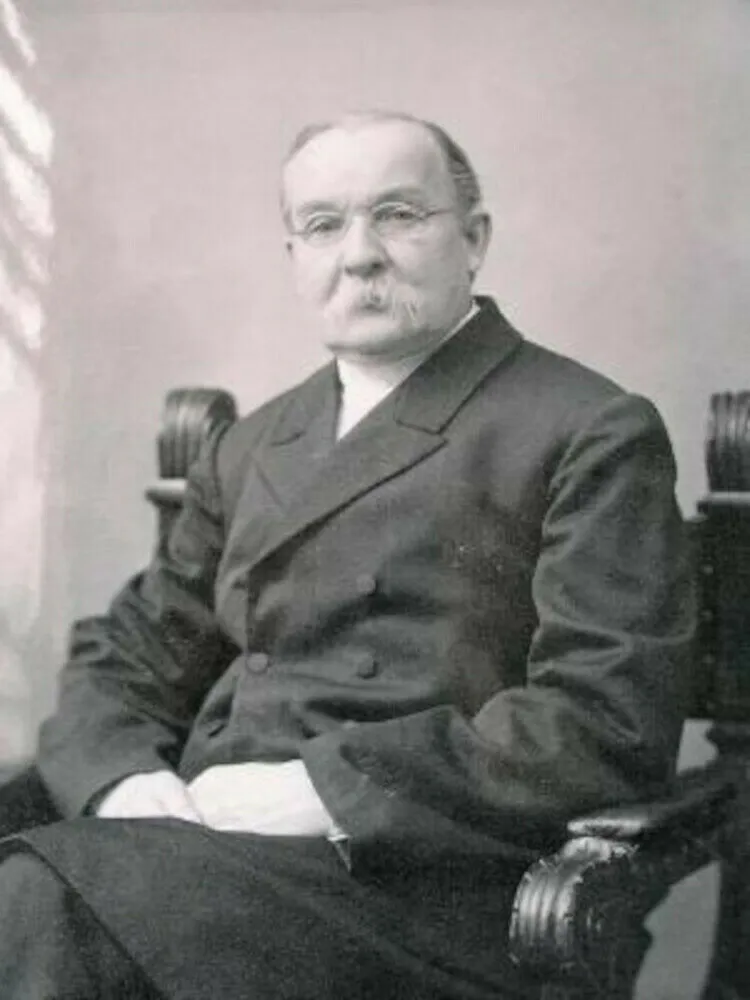 Photo: radiovera.ru
Photo: radiovera.ru Facade: China in Miniature
The facade of the Tea House is a true encyclopedia of Chinese architecture and symbolism, reinterpreted in the context of European modernism. The five-story building is crowned with a whimsical roof imitating traditional Chinese pagodas with upward-curved corners.
- The central entrance is styled as a Chinese arch with decorative dragons on either side. Dragons are an important symbol in Chinese culture, embodying strength, wisdom, and prosperity — they appear on the facade multiple times.
- The windows of the first and second floors have a distinctive shape typical of Chinese architecture with rounded corners, adorned with carved ornamental patterns. The third floor features a balcony with lace-like grilles styled after Chinese motifs.
- Special attention is drawn to the ceramic panels above the building's cornice, depicting Chinese landscapes, people in traditional attire, and scenes of tea ceremonies. The panels are executed in a blue-and-white color scheme characteristic of classical Chinese porcelain.
- The house's facade is richly decorated with other decorative elements: stylized lanterns, figures of animals from the Chinese zodiac, plant motifs. These details create a cohesive image evoking Eastern aesthetics and tea traditions.
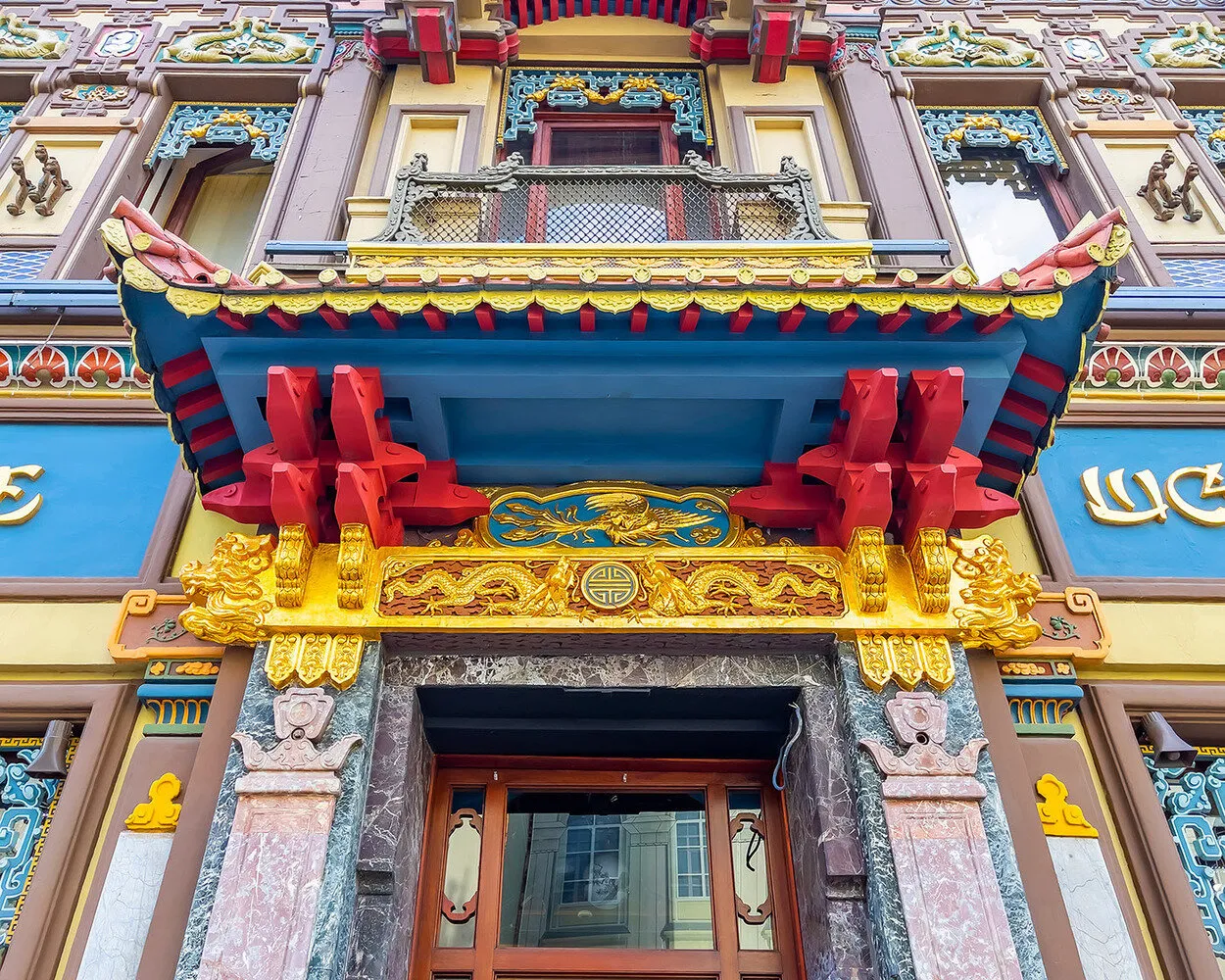 Photo: experience.tripster.ru
Photo: experience.tripster.ruFunctional Purpose: Commerce and Housing
The Perlov Income House was designed as a multi-functional building, typical of Moscow's architecture at the beginning of the 20th century. The first floor was reserved for shops and commercial spaces, including the flagship tea store of the Perlov company. Here one could buy various types of tea imported from China, as well as tea sets and accessories.
The upper floors were designated for apartments rented out. This ensured a stable income for the owner — hence the name “income house,” common to many Moscow buildings of that era.
The apartments in the Tea House were considered prestigious and attracted affluent citizens. They were equipped with the latest technology of their time: central heating, electric lighting, water supply, and drainage. The apartment layouts were carefully planned according to the latest comfort requirements: spacious rooms, high ceilings, functional zoning.
It is interesting that a special apartment for Perlov himself was also planned — more spacious and luxuriously decorated than the others. However, no records exist about whether the tea trader actually lived in this building.
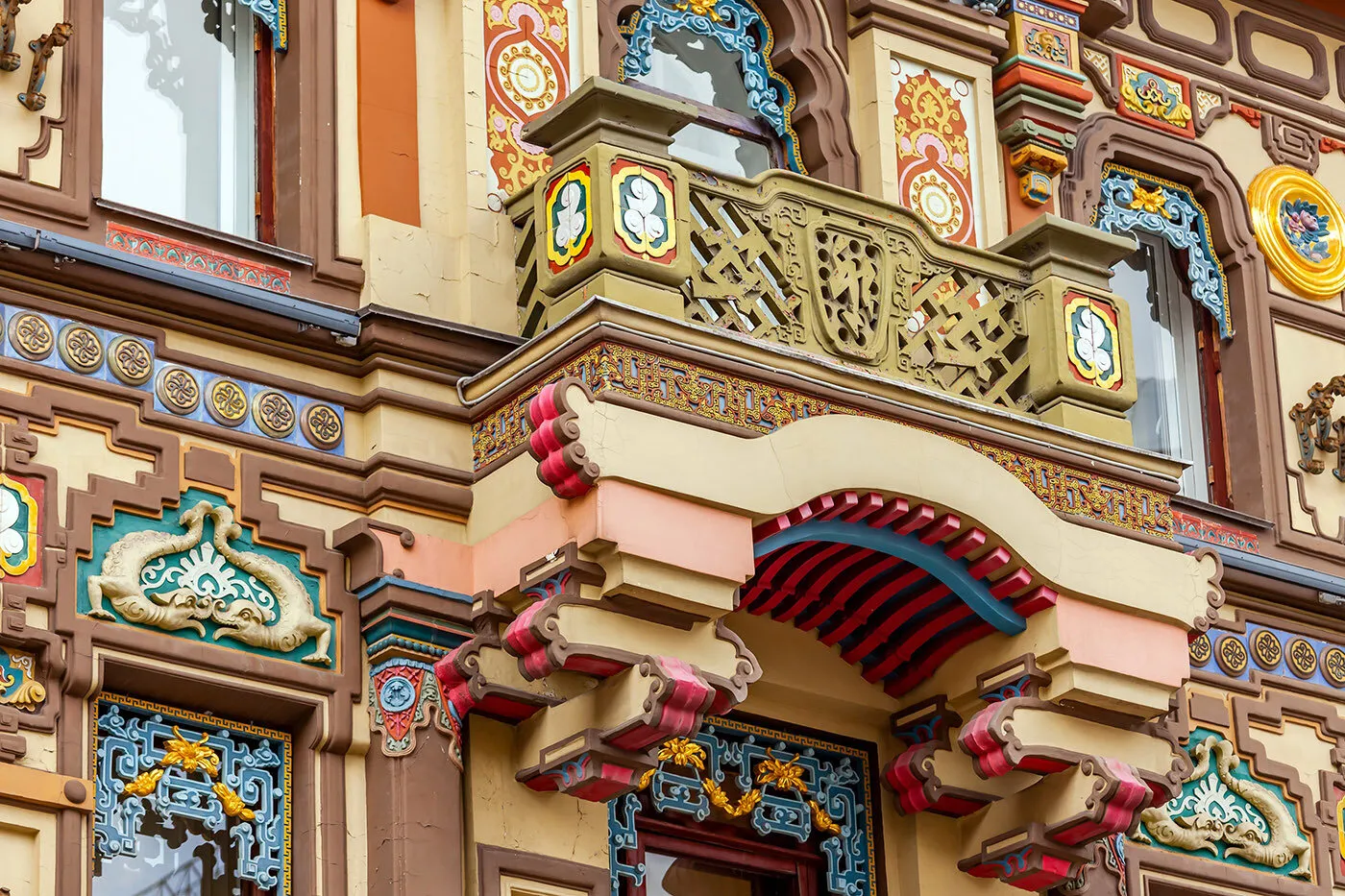 Photo: experience.tripster.ru
Photo: experience.tripster.ruInteriors: From Luxury to Functionality
Unfortunately, the original interiors of the Tea House have almost entirely disappeared. It is known that the tea store on the first floor was decorated with particular luxury, using Eastern motifs and expensive materials like red wood, bronze, and stained glass.
Descriptions of the store's interior survive: a spacious hall with high ceilings, styled like Chinese pavilions, dark wood display cases with inlay, counters decorated with carving. The walls were adorned with paintings depicting Chinese provinces where tea was grown and portraits of company owners.
The residential apartments were decorated more modestly, in line with European tastes of the time. The modernist style predominated with its smooth lines, plant motifs, and functional furniture. Some apartments designated for the most affluent tenants had fireplaces, parquet floors made of valuable woods, and coffered ceilings with plaster decoration.
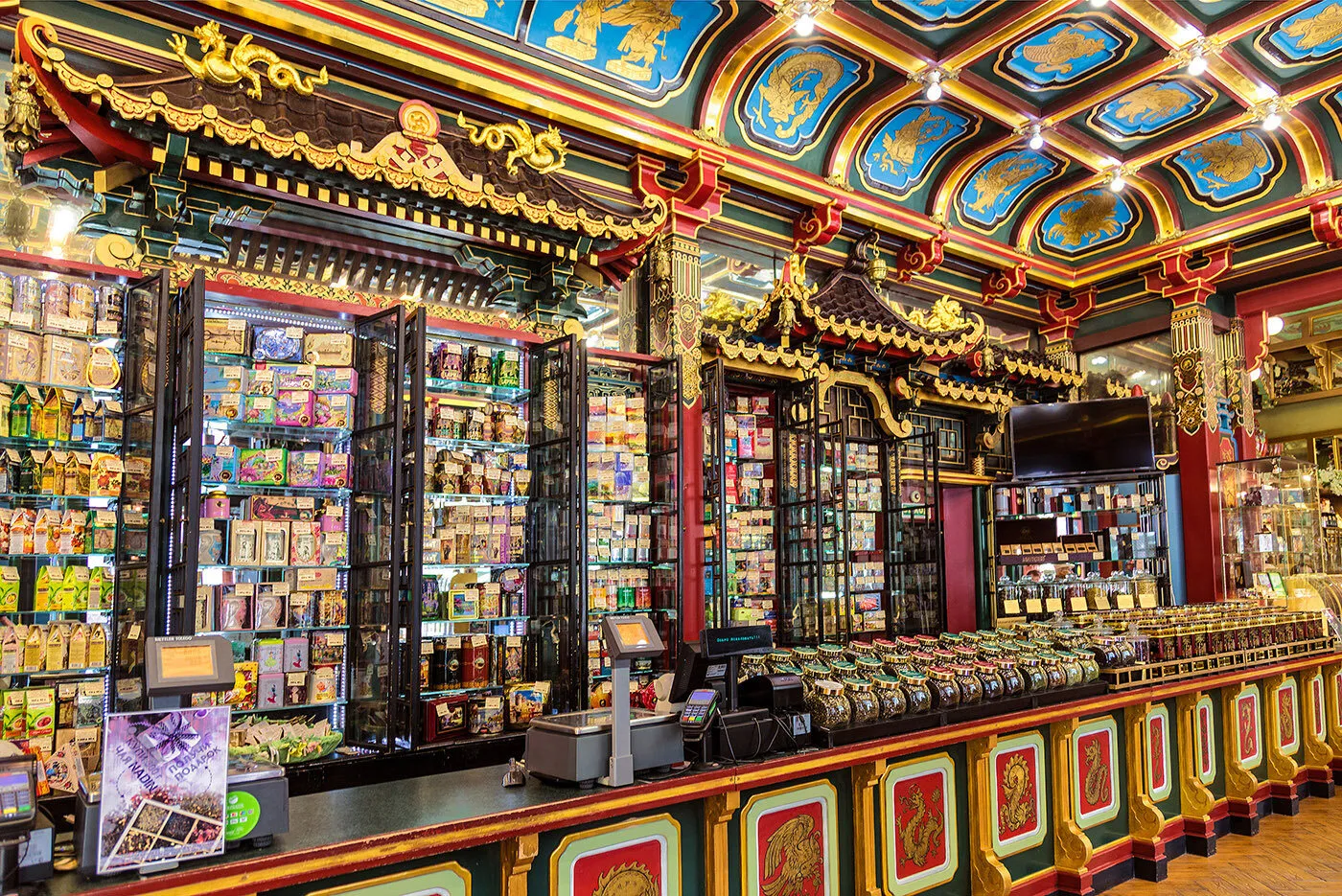 Photo: experience.tripster.ru
Photo: experience.tripster.ruThe Tea House in Soviet Times and Today
After the 1917 Revolution, the Tea House, like most private properties, was nationalized. The first-floor store was closed, and the apartments were transferred to the housing fund and largely converted into communal flats.
- In 1935, due to the reconstruction of Mezhytskaya Street, the building was moved several meters deeper into the block. This unique engineering operation, carried out without demolishing the structure, became one of the first successful relocations of large buildings in Moscow.
- During the Soviet era, various institutions and organizations were housed in the building, including editorial offices of some newspapers and magazines. In the 1960s, partial facade restoration was conducted, and some lost decorative elements were restored.
- Today, the Tea House is a federal cultural heritage object. Various organizations and offices are still housed in it, and shops operate on the first floor — though, unfortunately, not tea stores anymore.
- In 2017–2019, a comprehensive facade restoration was conducted, during which lost decorative elements were restored, ceramic panels were cleaned, and the historical color palette was reinstated.
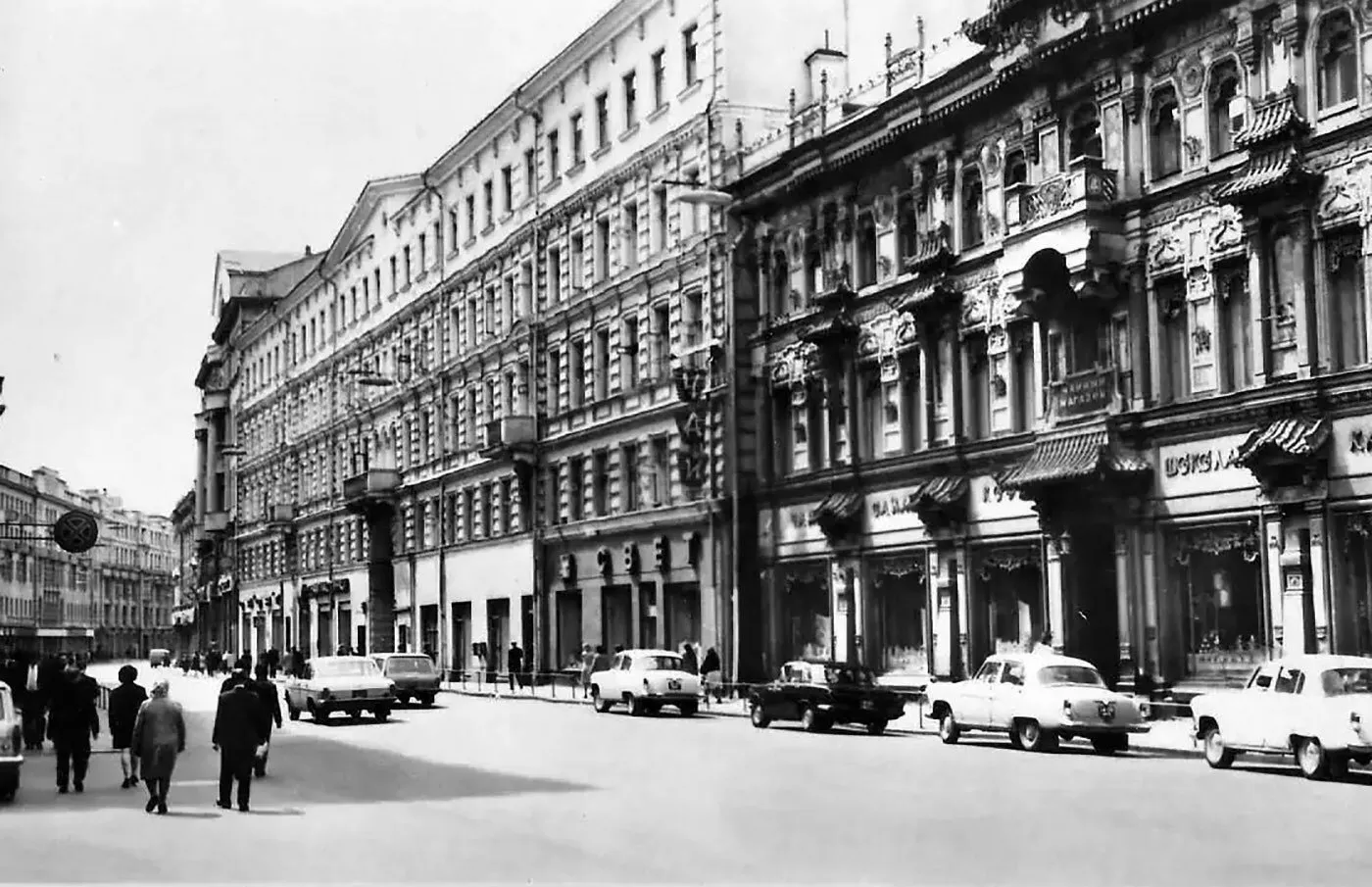 Photo: experience.tripster.ru
Photo: experience.tripster.ruArchitectural Significance and Influence on Urban Space
The Perlov Income House is one of the finest examples of architectural exoticism in Russia. This trend emerged during the modernist period and drew from the styles of the East, Africa, the Arab world, China, Japan, etc. Perlov's house is Moscow’s version of this trend.
It fits organically into the Mezhytskaya Street development but stands out from its surroundings. This is not just a facade, but a story, told through stone, wood, and ceramics: about trade, fashion, international relations, and aesthetic explorations at the turn of the 19th–20th centuries.
Interestingly, the “Chinese” style of the Tea House is largely conventional. The architect did not aim for a literal copy of Chinese forms but rather created a free interpretation, understandable to the European eye. Nevertheless, the building successfully fulfilled its advertising function, associating with exotic China and, by extension, Chinese tea among locals.
The Tea House and Modern Urban Life
Today, the Tea House remains one of Moscow’s popular attractions. Tourists and local residents often stop to photograph the unusual building or admire its décor.
In today’s context, the building acquires new meanings. In an era of globalization and growing interest in the East, it serves as a reminder of ancient ties between Russia and China, showing that cultural exchange between peoples existed long before the modern era.
For architects and designers, the Tea House remains a source of inspiration and an example of successfully combining different cultural traditions in one work. Some elements of its decoration — stylized dragons, characteristic window forms, color combinations — find reflection in modern interiors and urban design.
 Photo: experience.tripster.ru
Photo: experience.tripster.ruConclusion: A Cultural Crossroads
The Perlov Income House (Tea House) represents a unique phenomenon in Moscow’s architecture — a place where East and West meet, tradition and innovation blend, commerce and art converge. This building tells us many fascinating stories: about tea trade connecting Russia with distant China; about merchant ambitions and competition; about searching for new architectural forms and bold experiments.
But above all, the Tea House reminds us that Moscow has always been a city open to influences from various cultures, capable of creatively transforming and incorporating the most diverse architectural traditions into its identity. In this sense, the exotic income house on Mezhytskaya is not just a beautiful building, but a symbol of cultural diversity and openness that has always been an essential part of the identity of Russia’s capital.
Walking past this remarkable building, one should not only admire its unusual appearance but also reflect on what other cultural influences have shaped the look of Moscow over the centuries and continue to shape it today.
Cover: experience.tripster.ru
More articles:
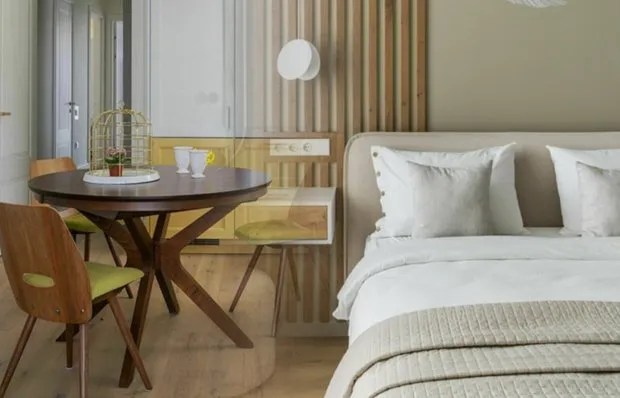 How to Do a Repair on a Limited Budget: 5 Practical Solutions
How to Do a Repair on a Limited Budget: 5 Practical Solutions How We Designed a Retro Bathroom in a Stalin-era 50 m² Apartment
How We Designed a Retro Bathroom in a Stalin-era 50 m² Apartment 5 Bright Entryways That Immediately Set the Mood
5 Bright Entryways That Immediately Set the Mood Cozy Evening Rituals for Stress Relief
Cozy Evening Rituals for Stress Relief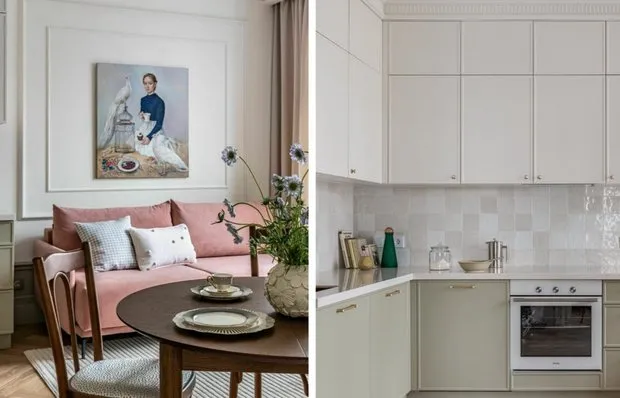 5 Design Solutions Found in a Transformed 75 m² Trash
5 Design Solutions Found in a Transformed 75 m² Trash Light Trash 65 m² Designer with Modern and Unusual Solutions
Light Trash 65 m² Designer with Modern and Unusual Solutions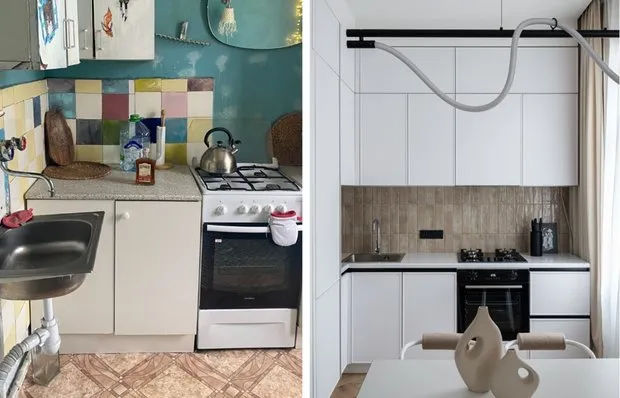 Before and After: How We Transformed the Kitchen in a Tiny Stalin-era Apartment
Before and After: How We Transformed the Kitchen in a Tiny Stalin-era Apartment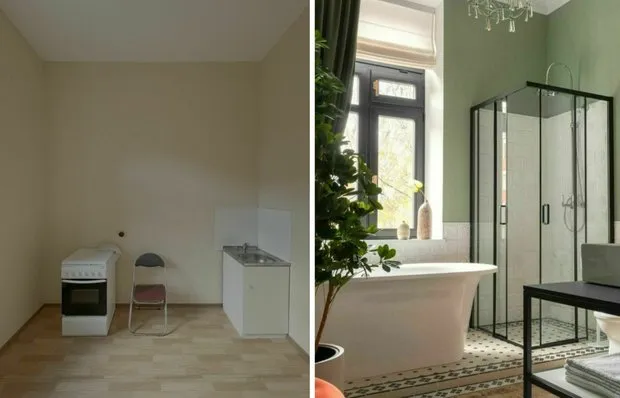 Idea for a 2-room apartment: moved the bathroom to the kitchen and it turned out great
Idea for a 2-room apartment: moved the bathroom to the kitchen and it turned out great